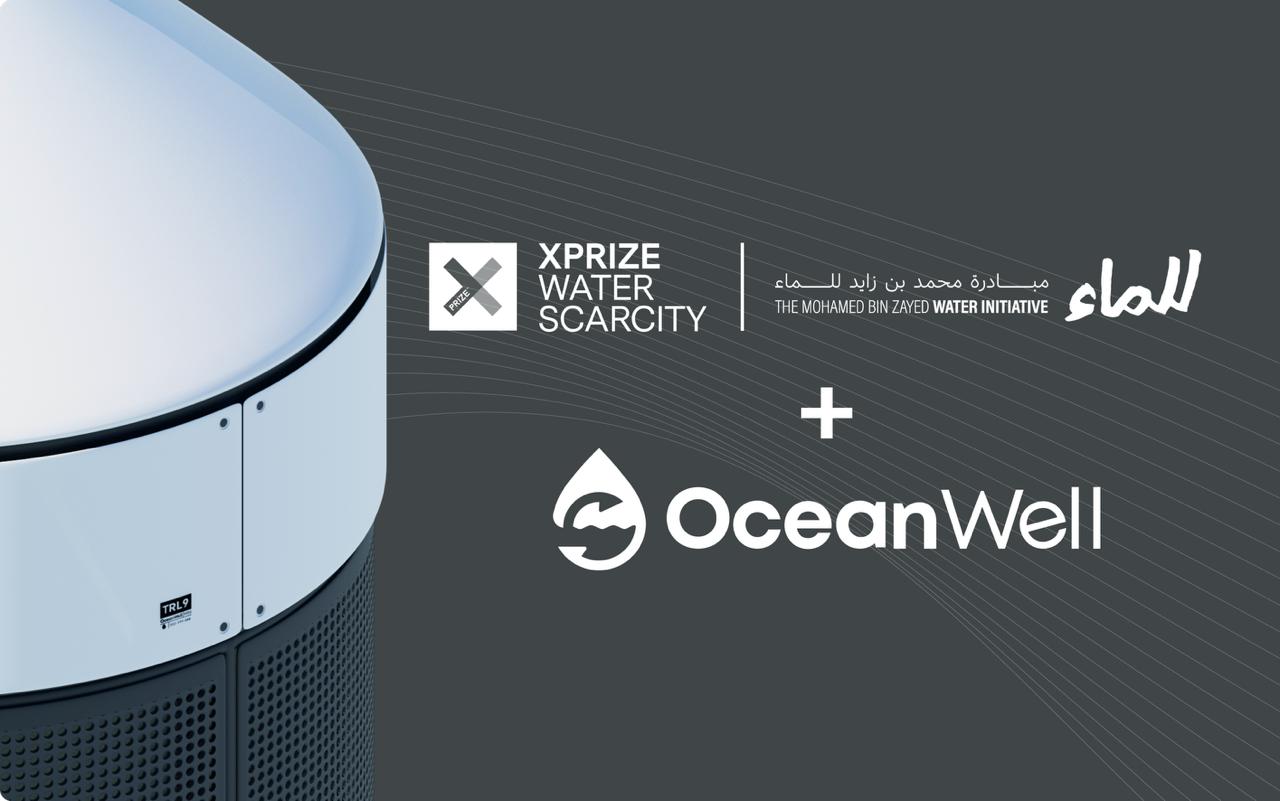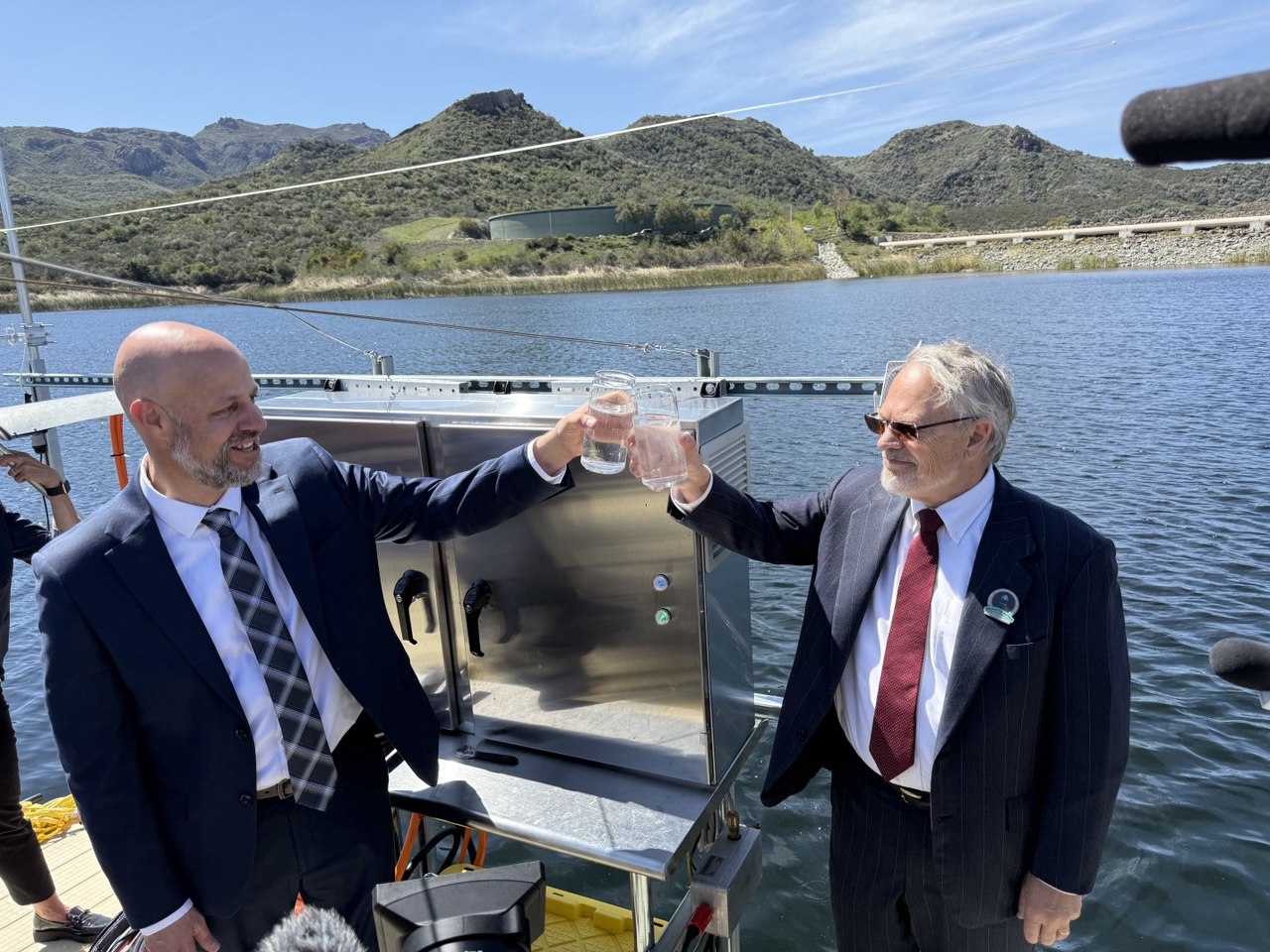The star of the show is this 12-foot-long, four-foot-wide cylinder that’s getting lowered into the water. After half an hour, it reaches the bottom and goes to work.
“You have a bulk of fluid that passes through the membrane,” said Mark Golay, engineering director with OceanWell, who helped make this machine. “And then it’s pumped back up here to the panel.”
Like a lot of desalination systems, this one shoves salt water through a filter, and spits out fresh water on the other side. Unlike those other systems, this one is designed to work 1,500 feet beneath the surface, where water passes through the membrane on its own because of the immense water pressure. OceanWell said compared to other membrane-based systems that take water from close to the surface, its technology uses 30 to 40% less energy to produce fresh water.
Right now it’s getting tested in a reservoir about 40 miles from Downtown Los Angeles. It’s cheaper to try it out here, because the cylinder is installed right offshore and not too deep. But Golay said compared to deep sea water, fresh water is actually more difficult to process.
“That’s because there’s more stuff in this water that we have to filter out,” Golay said.
The company is based in California, which bounces in and out of drought every few years. Southern California primarily relies on the Colorado River, local groundwater and a network of reservoirs to quench the region’s thirst. But the river and the groundwater are shrinking from overuse, and the reservoirs have run low as the climate gets warmer and drier.
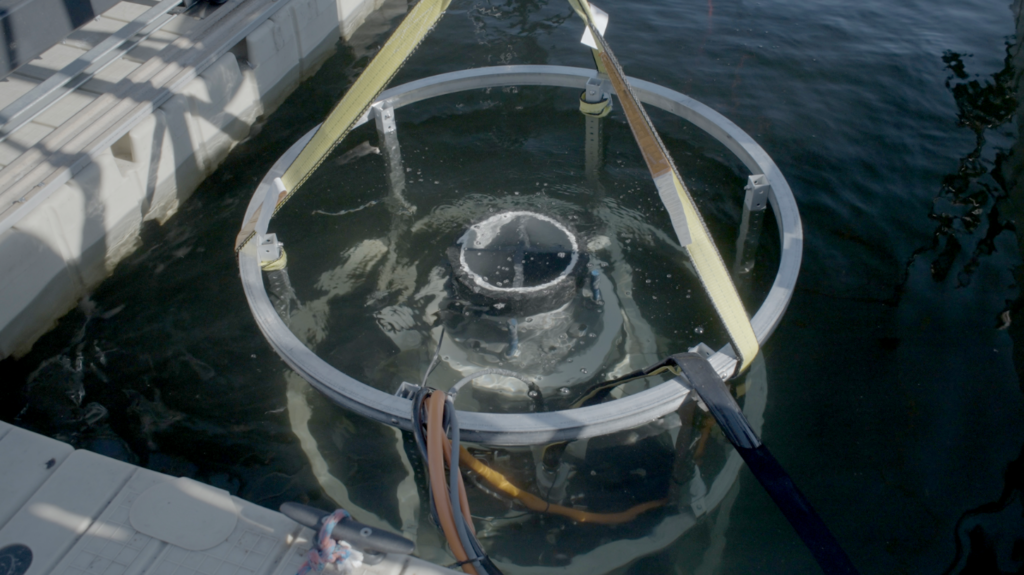
OceanWell has raised $11 million, which is enough to test this machine and build the next one that’ll actually go in the ocean. The biggest investor is Kubota, the agricultural machine company. There are also two dozen California water authorities that have signed on to be part of a working group.
They’re excited because OceanWell is the only company in the U.S. testing a solution like this. And when the drought gets bad enough, the water restrictions can be severe.
“We were disproportionately impacted by the drought like three four years ago … because we are 100% dependent on imported water,” said Mike McNutt with the Las Virgenes Municipal Water District, which is part of the working group, and runs this reservoir. “And because of that, we promised our communities that we would look for other alternative water resources.”
Last time there was a drought, McNutt’s customers had to operate on a quarter of the water they normally get. Now the district wants to be first in line if this tech becomes available, in case of another severe shortage.
“If we have a local water source, like what this can be,” McNutt said, “You could, in fact, have physical water molecules available to combat any emergency.”
Sustainable Water Solutions (PDF)


Heading







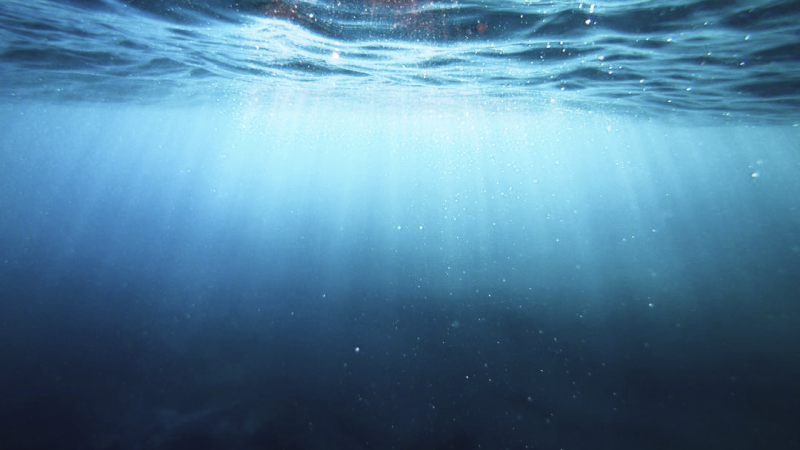

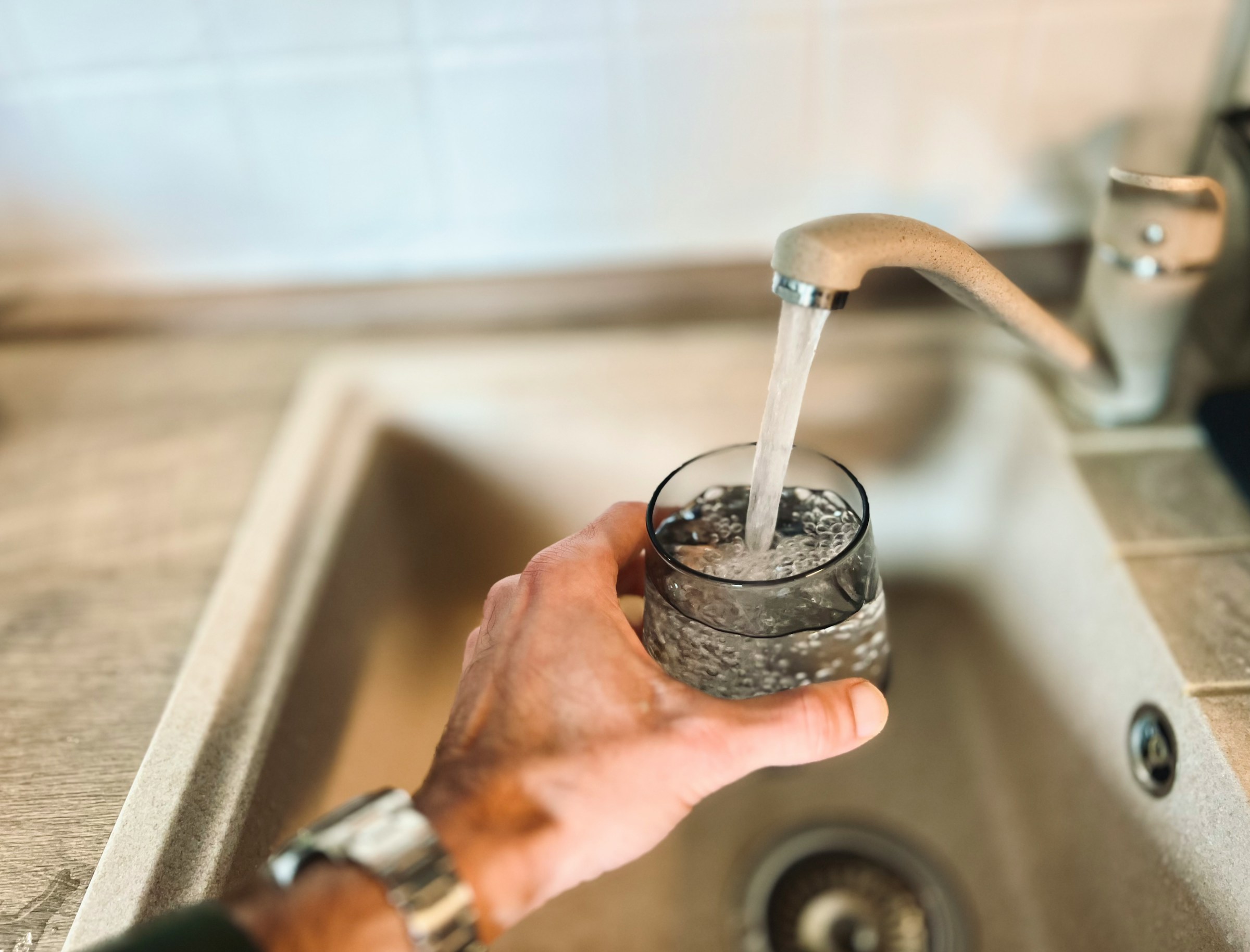

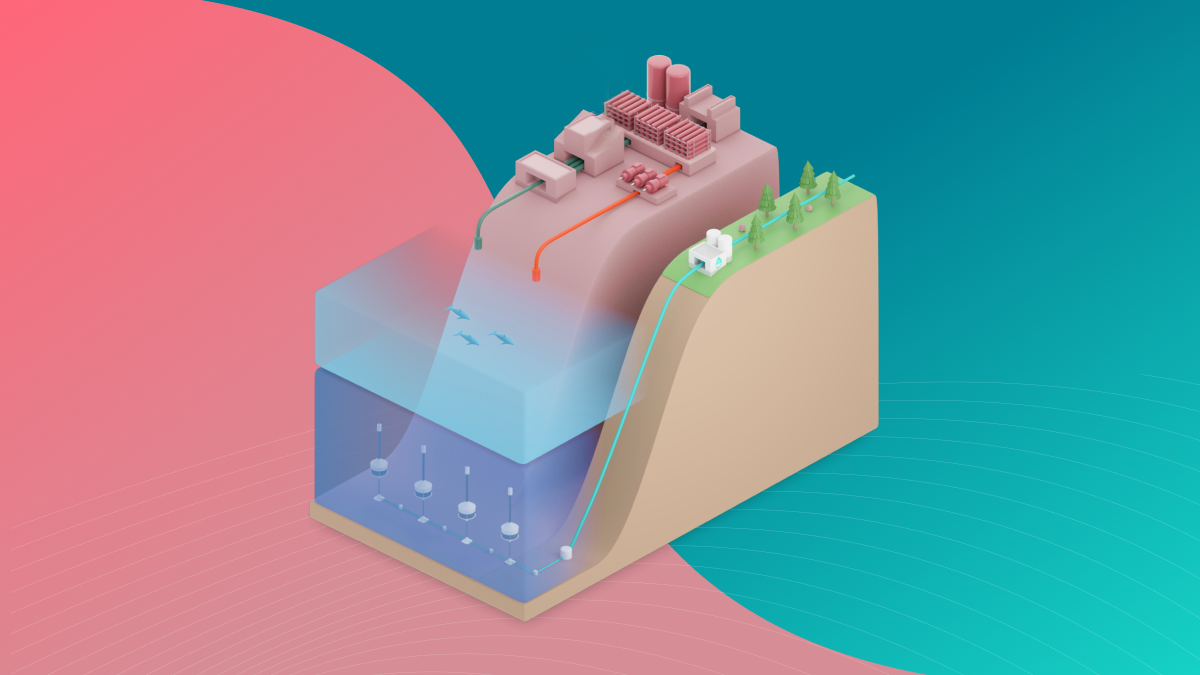


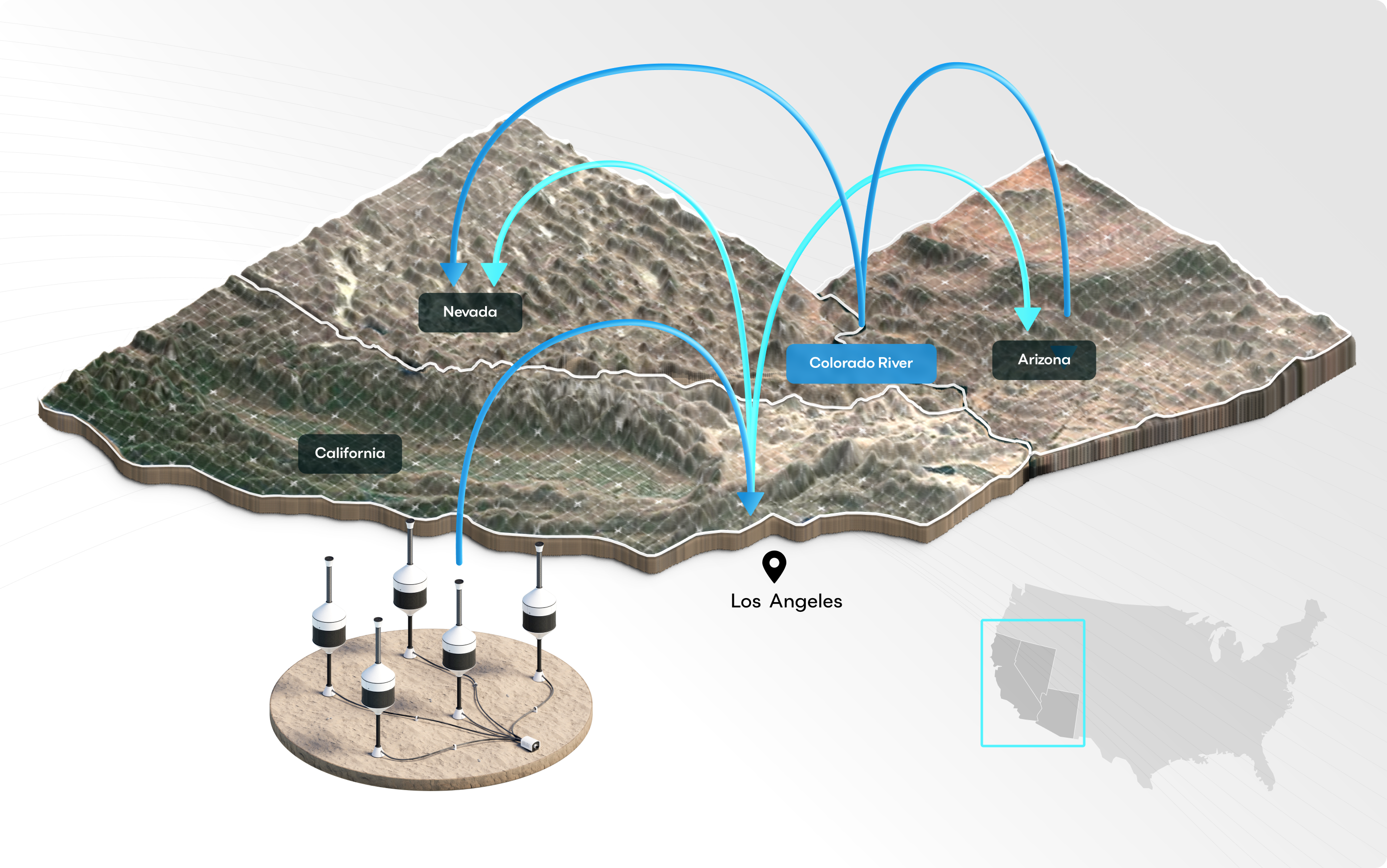
.png)
.png)
.png)
.png)
